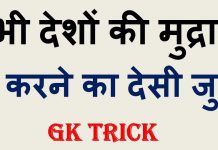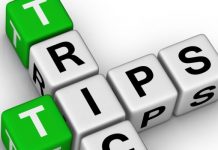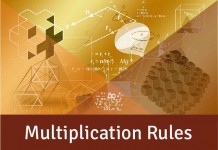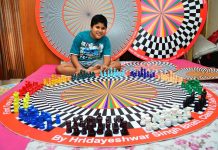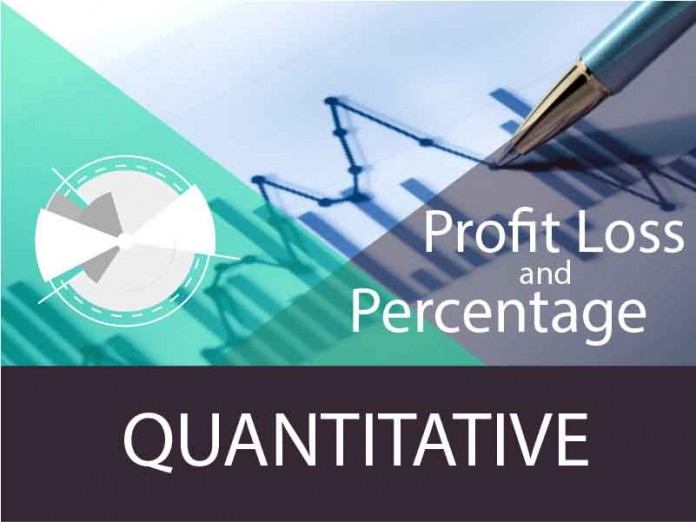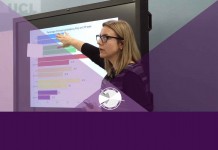Quantitative Aptitude MCQ – Profit & Loss

1. A cloth merchant, selling at 15% profit uses a faulty measuring rod, that measures 90cm for a meter . Find his profit percent actually earned.
a) 17%
b) 37.5%
c) 27.7%
d) 21.2%
2. A trader makes a profit of 20% on the whole even when his scale reads 15% less. What is his % mark up, over and above cost Price?
a) 33(1/3)%
b) 16.67%
c) 41%
d) 28%
3. A mixes 20 kg sugar which cost him Rs.10/ kg with 35 kg of Sugar that cost him Rs.14 / kg and sells the mixture at Rs.13 / kg. What is his profit % ?
a) 4.12%
b) 3.62%
c) 2.82%
d) None of these
4. A fruit seller buys 100 apples, at 2 per rupee and 125 apples at 3 per rupee. He mixes them together and sell for 1 per rupee. Find his Profit / loss % ?
a) 100%
b) More than 100%
c) Less than 100%
d) None of these
5. A man buys oranges at 6 a rupee. For how many a rupee should he sell so as to gain 20% ?
a) 3
b) 2
c) 5
d) None of these
6. Babli bought 30 pens and 10 pencils for Rs.600. She sold the pens at a profit of 10% and pencils at a profit of 20% and made a total profit of Rs.90. Find the Cost Price per pen.
a) Rs. 15
b) Rs. 5
c) Rs. 20
d) None of these
7. A sales man sells shirt at a profit of 10%. When he increases the Selling Price by Rs. 25 per shirt, The profit increases by 5% . Find the new S.P.
a) Rs. 500
b) Rs. 525
c) Rs. 575
d) Cannot be determined
8. A shopkeeper marks his goods 16.67% above its Cost Price. Find the maximum discount that he can give so that he still makes a profit of 5% ?
a) 11.6%
b) 9.6%
c) 10%
d) None of these
9. A traveller sells his goods at 15% discount and incurs a loss of 2% . How much % above cost price does he mark up his goods?
a) 13.5%
b) 12.3%
c) 15.3%
d) 11.5%
10. A busy a television at a discount of 10% and sells it at a profit of 20%. How much % above the marked Price is the Selling Price ?
a) 20%
b) 15%
c) 12%
d) 8%

1). Let C.P. per cm = Rs. 1, for 90 cm = Rs. 90
CP for 100 cm = Rs.100, SP for 100 cm = 115
Profit % = [(115-90) /90] × 100 = 27.7%
Answer : c)
2). According to the question, a trader is given more to a customer than for what he is charging because his scale is reading 15% less. That means when the trader is giving 100 units actually, his scale is showing only 85 units.
Let C.P per unit = Rs. 1,
CP for 100 units = Rs. 100 (Actual C.P.)
Actual Revenue earned = 100 + 20%[.: Actual profit = 20%]
= Rs.120 à (S.P. for 85 units according to trader)
C.P. for 85 units = Rs.85 (Wrong C.P)
According to trader, he is selling 85 units for Rs.120
Mark up % = [(120-85) / 85] ×100 = 41.1%
[Note : The trader is charging Rs.120 for 85 units, although he is actually giving 100 units to the customers].
Answer : c)
3). Total CP = (20 ×10) + (35 ×14) = 200 + 490 = 690
Total SP = 13(20 + 35) = 715
% Profit =[ (715 – 690) / 690] × 100 = 3.62%
Answer : b)
4). Total Cost Price = 100 (1/2) + 125 (1/3)
= 50+41.66 = 91.66
Total S.P = 225 × 1 = 225
Profit % =[ (225 – 91.66) / 91.66] × 100 = 145.47%
Answer : b)
5). C.P. of 6 oranges = Rs. 1
S.P. of 6 oranges = 1 + (20 / 100)(1) = 1.2
Rs. 1.2 is SP for 6 oranges.
Rs. 1 is SP for (6/1.2) × (1) = 5 oranges.
Answer : c)
6). Let C.P per pen = Rs. x
C.P. for 30 pens = 30x
CP for 10 pencils = 600 – 30x
(10/100)(30x) + (20/100)(600 – 30x) = 90
3x + 120 – 6x = 90
30 = 3x
x = 10
Answer : d)
7). Profit of 5% = 25
(5 /100) CP = 25, CP = 500
Initial S.P = 500 × (110 / 100) = 550
New S.P = 550 + 25 = 575 or 500 × (115 / 100) = Rs. 575
Answer : c)
8). 16.67 % = 1/6
Let C.P. = 120, then marked Price = 140
To make a profit of 5 %, Selling Price should be 120 × (105 / 100) = 126
Hence, 140 – (x / 100) (140) = 126
14 = (7/5 ) x à x = 10, a maximum discount of10% can be given, so that the shopkeeper still makes a profit of 5%.
Answer : c)
9). Let M.P = 100, then S.P. = (85 / 100) × 100 = 85
C.P = 85 × (100 / 98) = 86.73
Mark up above Cost Price = [(100 – 86.73) / 86.73 ] × 100 = 15.3%
Answer : c)
10). Let MP = 100, CP for A = 90, SP for A
= 90 × (120 / 100) = 108
SP is 8% above the Marked Price.
Answer : d)

